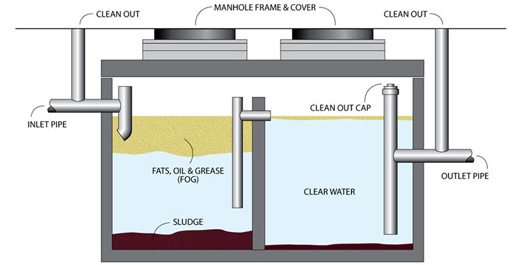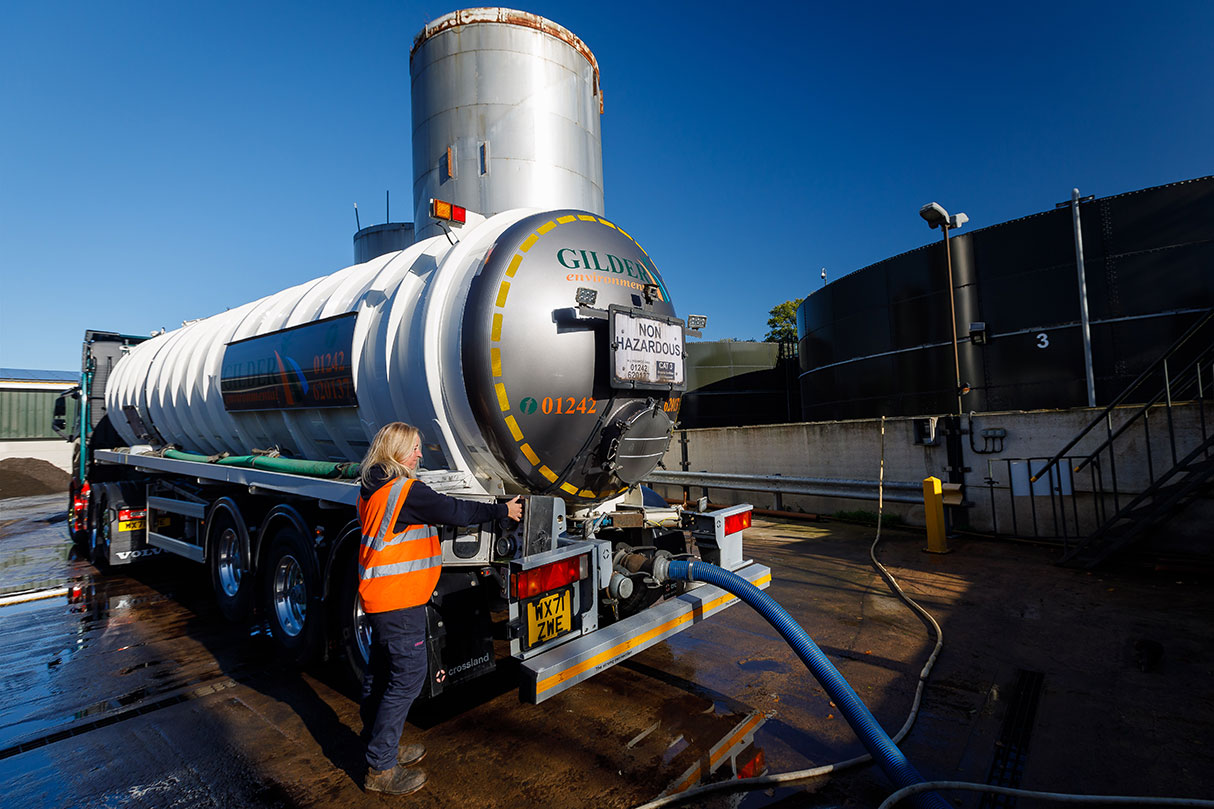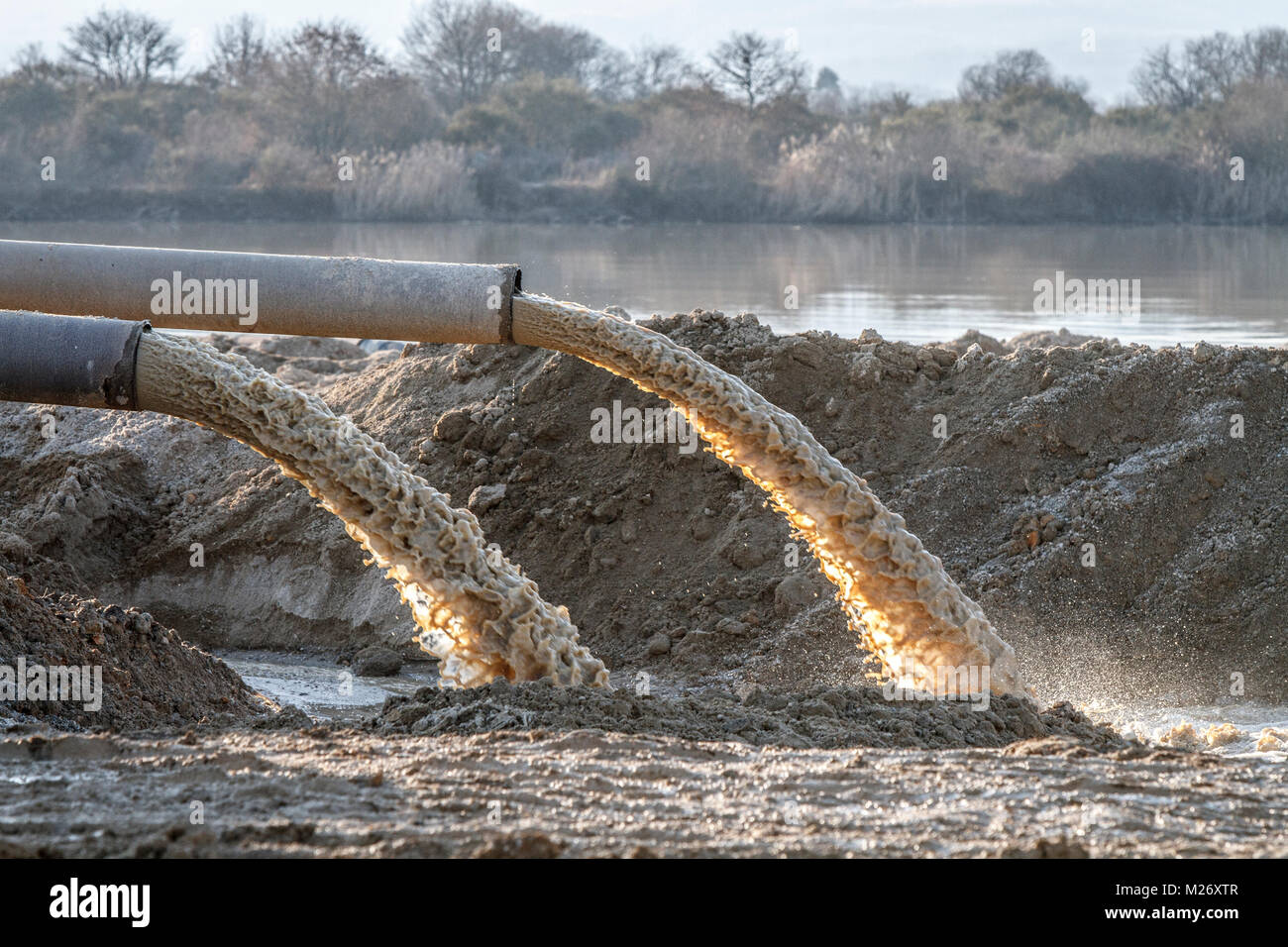Industrial Wastewater Treatment: Custom-made Solutions for Complex Wastewater Difficulties
Industrial Wastewater Treatment: Custom-made Solutions for Complex Wastewater Difficulties
Blog Article
How Liquid Waste Disposal Functions: An In-depth Overview of Methods and Technologies Used

Introduction of Liquid Waste Kind
The intricacy of fluid waste types requires a comprehensive understanding of their characteristics and effects for disposal. Liquid waste can broadly be classified into a number of kinds, consisting of industrial, metropolitan, farming, and contaminated materials. Each category shows unique properties, requiring specific administration techniques to mitigate environmental and wellness threats.
Industrial fluid waste originates from producing procedures and commonly has a series of impurities, such as heavy metals, solvents, and natural compounds. Local liquid waste, mostly making up wastewater from homes and business establishments, includes raw material, nutrients, and pathogens (industrial wastewater treatment). Agricultural fluid waste, consisting of overflow from farms, might consist of plant foods, chemicals, and pet waste, posturing risks to water top quality and ecosystems
Harmful fluid waste is identified by its toxicity, sensitivity, or possible to cause damage. This classification consists of materials like acids, bases, and certain chemicals that demand rigid handling and disposal procedures. Comprehending these varied fluid waste types is important for creating reliable disposal methods and ensuring compliance with environmental laws. Appropriate category and characterization are necessary for carrying out appropriate treatment methods and minimizing the unfavorable effect on public health and the environment.
Physical Therapy Methods

Screening is the initial action, where larger particles and particles are gotten rid of from the liquid waste utilizing displays or grates. In sedimentation tanks, much heavier bits settle at the bottom, developing a sludge layer, while the clarified fluid can be more dealt with.
Filtration is one more important approach that entails passing the liquid through permeable products, such as sand or membranes, to capture smaller sized fragments. This action boosts the quality of the liquid, making it ideal for subsequent treatment procedures.

Chemical Treatment Techniques
Chemical treatment techniques are important for efficiently taking care of fluid waste, specifically in addressing liquified and colloidal pollutants that physical techniques might not adequately eliminate. These strategies utilize various chemical representatives to counteract, precipitate, or transform hazardous materials right into much less dangerous types.
One common approach is coagulation and flocculation, where chemicals such as alum or ferric chloride are included to advertise the aggregation of suspended fragments. This process boosts sedimentation, enabling easier removal of the resulting sludge. Furthermore, oxidation procedures, using representatives like chlorine or ozone, are employed to break down intricate organic substances and microorganisms, providing the waste safer for discharge or more therapy.
Neutralization is another crucial technique, which readjusts the pH of acidic or alkaline waste streams to neutral degrees, avoiding prospective damage to downstream systems and the setting. Additionally, progressed oxidation procedures (AOPs) use combinations of oxidants and ultraviolet light to break down persistent toxins, see it here accomplishing a higher degree of treatment effectiveness.
Organic Treatment Processes
Biological therapy procedures play a critical duty in the monitoring of liquid waste by utilizing microbes to decay raw material and lower pollutant levels. These processes can be generally classified into cardiovascular and anaerobic treatments, each employing specific microbial communities to accomplish reliable waste destruction.
Aerobic therapy includes using oxygen to facilitate the break down of natural materials by bacteria. This procedure is commonly carried out in triggered sludge systems, where aeration storage tanks give a conducive setting for microbial growth, leading to the oxidation of organic contaminants. The resultant biomass can be divided from dealt with effluent with sedimentation.
In comparison, anaerobic treatment occurs in the lack of oxygen, depending on various microorganisms to break down raw her response material. This approach is specifically beneficial for high-strength waste, as it produces biogas, a renewable resource resource, while minimizing sludge production. Technologies such as anaerobic digesters are regularly utilized in industrial and municipal applications.
Both cardio and anaerobic biological treatments not just minimize the environmental impact of fluid waste however additionally help with resource recovery, making them crucial components of lasting waste monitoring strategies. Their adaptability, efficiency, and performance support their widespread application across different industries.
Arising Technologies in Disposal
Cutting-edge strategies to liquid waste disposal are swiftly evolving, driven by developments in modern technology and an enhancing emphasis on sustainability. Among these arising technologies, membrane bioreactors (MBRs) have actually gained traction for their capacity to incorporate organic therapy with membrane filtering, resulting in high-quality effluent that can be reused in numerous applications. MBRs make it possible for smaller sized footprints and a lot more reliable operations compared to standard systems.
An additional promising advancement is making use webpage of anaerobic food digestion integrated with nutrient healing modern technologies, which not just treats fluid waste but additionally creates biogas and recoups useful nutrients like nitrogen and phosphorus. This double advantage improves resource performance and minimizes environmental impact.
In addition, progressed oxidation processes (AOPs) are being embraced for the deterioration of complicated natural pollutants. These methods utilize effective oxidants and stimulants to break down pollutants at the molecular degree, providing a very effective solution for challenging waste streams.
Moreover, the assimilation of synthetic knowledge and machine learning in waste administration systems is optimizing operational effectiveness and predictive maintenance, leading to lowered expenses and improved ecological compliance. These modern technologies show a significant shift towards even more effective and sustainable liquid waste disposal methods.
Conclusion
To conclude, reliable liquid garbage disposal demands a thorough understanding of various techniques and innovations. The integration of physical, chemical, and organic therapy approaches guarantees the reliable administration of varied waste kinds. Furthermore, the emergence of ingenious innovations improves therapy effectiveness and promotes sustainability in waste administration practices. By continuously advancing these methodologies, it ends up being possible to address the expanding obstacles connected with liquid waste, inevitably adding to environmental protection and resource recuperation.
Fluid waste disposal is a critical element of ecological monitoring, requiring an extensive understanding of different methods and technologies tailored to various waste kinds. Liquid waste can extensively be classified into a number of kinds, including commercial, municipal, agricultural, and dangerous waste. Agricultural fluid waste, including runoff from ranches, may contain fertilizers, chemicals, and animal waste, posturing threats to water quality and communities.
Various physical therapy approaches play a critical function in managing fluid waste effectively - industrial wastewater treatment.In final thought, reliable liquid waste disposal requires an extensive understanding of numerous strategies and modern technologies
Report this page